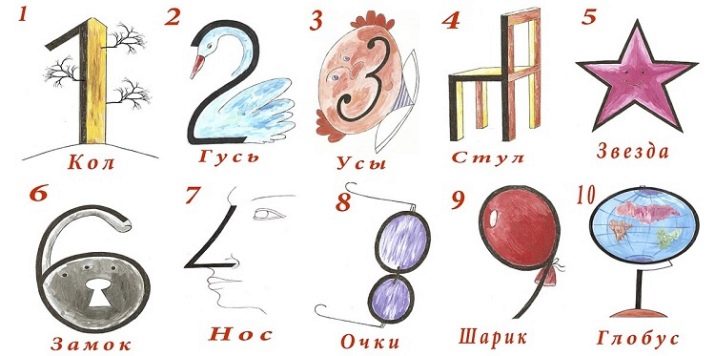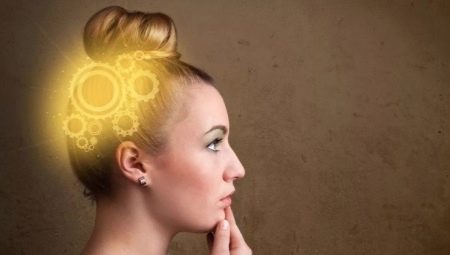There is a unique technique for improving human memory, attention and thinking. With its help it is easy to remember the necessary information and enjoy the process. This is an eidetic.
What it is?
The word "eidos" in Greek means "image". Eidetica is a methodology for the development of imaginative thinking. It is based on the ability of memory to hold and reproduce in fine details the image of a certain object or phenomenon.
The development of memory, attention and imagination occurs through the involvement of all human analyzers.
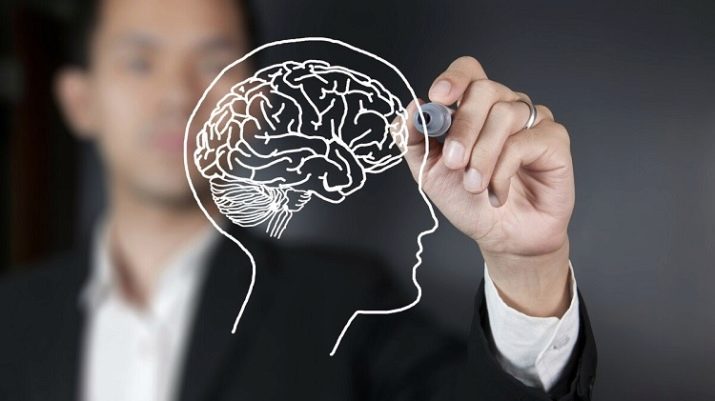
Existing own internal experience contributes to the memorization of a new image depending on visual, auditory or kinesthetic modality:
- visual modality is due to the memory associated with the memorization, preservation and reproduction of visual images;
- the audio modality is provided by auditory memory associated with the sounds stored in it;
- kinesthetic modality stores and actualizes various movements, touches, smells, taste sensations.
In psychology, for the first time, the phenomenon of figurative memorization was described in 1907 by the Serbian scientist Viktor Urbanchich. Much research in this area was carried out in the German school of Eric Jensch in 1933. Representatives of the Marburg school came to the conclusion that for preschool children and primary school children eidetism is a natural phenomenon.
The theory interested Russian researchers as well. L. S. Vygotsky repeated the experiments of Eric Jensch in his laboratory. Research continued by Sergey Rubinstein, Boris Teplov, Fedor Shemyakin, Alexander Luria, etc. Since 1936.in the USSR, work on the study of eidetics was discontinued due to its recognition as a racist and unscientific theory.
Now many psychologists and educators show a scientific interest in the development system of a special kind of figurative memory, attention and imagination. The basic principles of the method and the applied techniques were described in detail in his writings by Dr. I. Yu. Matyugin.
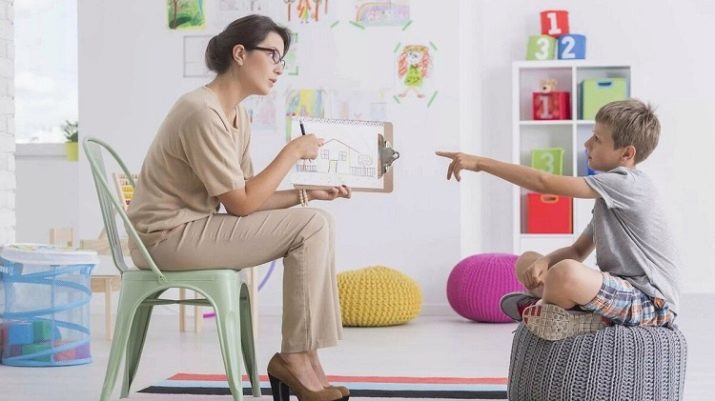
Benefit and harm
The eidetic is of great benefit to children who are able, using images, to easily remember and develop their cognitive abilities. Instead of memorizing, they can quickly and efficiently absorb new material. The study of foreign languages, the memorization of formulas, multivalued numbers, and terms is facilitated. The process takes place in the joyful and positive tension of the child.
Eidetica helps harmoniously develop both hemispheres of the baby’s brain. It contributes to concentration, the development of innovative thinking and imagination, reinforcing imagination, and increasing efficiency. Eidetika guarantees easy memorization of any information, while psychological stereotypes are removed.
Failure to properly eidetic images can lead to serious consequences and cause significant harm. In psychology, cases of nervous overstrain are described with persistent attempts to evoke the necessary image.
It is necessary to correctly reproduce it and be able to timely get rid of an unnecessary image, mentally dissolve it.
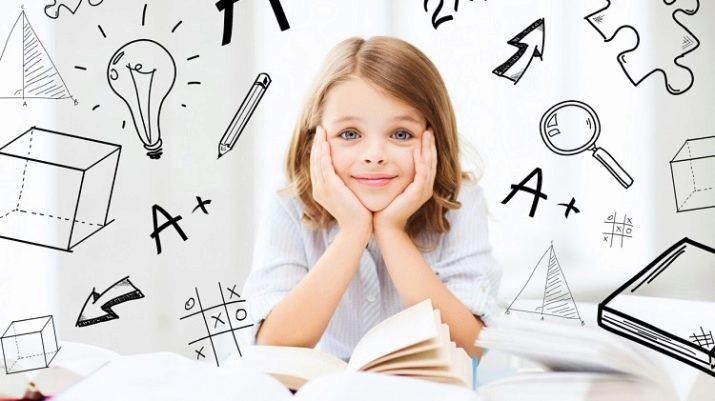
Basic concepts
Eidetica is interesting in that in the absence of an object or phenomenon in the field of perception, a person feels it, smells and sees color. In psychology, there are ideas about the terms associated with this type of memorization.
Eidetism
The term means a kind of figurative memory, expressed in the preservation of vivid images of previously perceived objects in their absence. The tendency to eidetism can be laid down by genetics or features of brain development. Scientists are sure that everything has the makings, but due to various circumstances, over the years they are lost. With age, it’s becoming difficult for most people to reproduce tactile, visual, or sound images in detail.
Memory
Only 3% of the world's population is born with a phenomenal memory. Other people have the opportunity to develop thinking and memory with the help of eidetics. Often the phenomenon is called visual or photographic memory. Images for a long time are imprinted in the memory and at any moment scrolled like a video, with the reproduction of the smallest details.

Form
A feature of eidetic images is the perception of objects in their absence. Stability, distinctness of images stored in the memory remains for a long time. Having ceased to be the main form of memory processes, they remain in imagination and fantasy. In this case, the basic psychological function changes.
Thinking
The synthesis, analysis, generalization, comparison in the processing of any information for people with eidetic thinking allows you to pay attention to small details and save them in memory. In the future, they actively use saved images.
Many prominent mathematicians have such a mindset. In the modern world, it comes in handy when working with information technology.
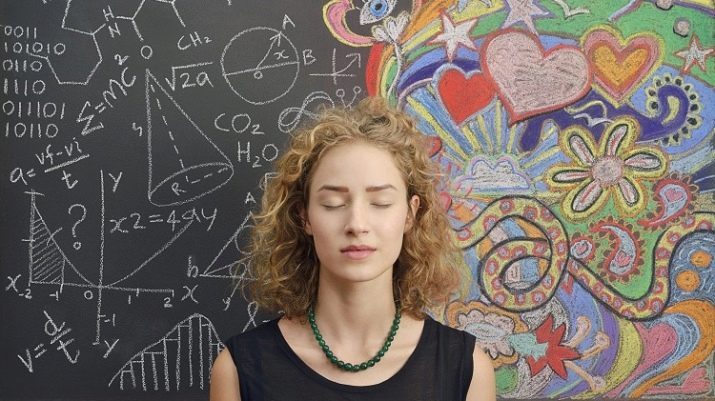
Imagination
Vivid imagination enables the individual to present clearly images that he never had to see. A person with an eidetic imagination can well imagine the breath of the wind, feel some kind of aroma, feel the coolness or feel the touch of someone's skin, as if it were waking up.
Methods
In psychology, there are many methods for the development of memory, imaginative thinking, attention and imagination. Developed a huge number of exercises for them. Acroverbal technique involves memorizing concepts with the help of interesting texts, poems and songs. Methods are used in teaching children foreign languages. There are interesting poems for preschoolers.For example, when babies need to remember the days of the week. A fun game turns memorization into an involuntary process.
Mnemonics and eidotechnics are widely used. The first technique includes methods associated with the use of associative series, logical patterns, alphanumeric code. There are also less popular mnemotechnical methods of rational repetition and OCHOG (orientation, reading, review, most important).
Effective in working with children chain method involving the use of associative relations. The technique for children involves performing exercises in a playful way. It is based on color, tactile, subject, sound, olfactory, taste, graphic and free associations. Often when developing the imagination of children, geometric shapes are used. The child during the development of associative thinking must answer what he thought.
Eidetic exercises are used with children of three years and older.

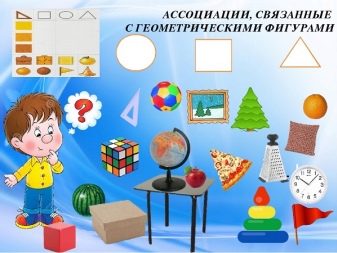
The correct organization of training motivates children to master new information.
- Color associations occur in the child at the time of examination of a spot of a certain color. The kid must justify his answer. For example, looking at a red speck, someone imagined a ripe tomato. He replies something like this: "I thought about the red tomato, because it is already ripe." Another child remembered the prohibition signal of traffic lights. Some children imagined themselves walking with cheeks rosy with frost.
- With the development of tactile memory, special cards with different textures are made. Fur, flannel, velor, dermatin surface, sandpaper are used. Apply cards with sewn buttons, glued matches, pieces of wire or buckwheat. Touching the surface, the child must say what he was thinking. For example, touching a buckwheat, the kid declares: “I thought about the river, because I walked barefoot on pebbles. “When you press your fingers heavily on the groats, it hurts just like bare feet on the river.”
- Subject associative series must evoke various things: a patch of cloth or leather, a thread, a shell, a coin, a cone, a button, a sheet of paper, etc. For example, someone associates a piece of fleecy fabric with grass cut on a lawn.
- Recorded noise or sound is used to develop audio memory.. They include an audio recording with the noise of a household appliance, a natural sound, a piece of music or a street rumble and invite children to pick up a suitable object in the pictures. For example, a child, listening to the sharp braking of a car, says: "I thought about the door because it creaks when it is opened."
- For the development of olfactory memory, it is necessary to stock up on boxes with a variety of flavors. They may contain various herbs, spices, empty bottles with the smell of perfume. Children are offered to smell closed matchboxes. You need to smell two with the same filling. In addition, it is sometimes suggested to characterize the smell. Sniffing the closed boxes with coffee, the child can say that he feels a fragrant, pleasant, invigorating smell.
- Taste associations advise use for older children. For imagination, they are offered combinations of sweet and hot dishes, salty and cold. Sometimes tactile associations are added to the taste sensations: crisp, juicy, liquid, solid.
- Graphic associations are based on turning a symbol into a specific subject. For example, an incomprehensible squiggle turns into a fishing hook. High school students use abstract characters to remember phone numbers.
- Free associations teach the kid to build connections independently. The teacher without using the subject image reports that a mouse is sitting in the closet. Each child builds his own associative series. Someone replies: "I thought about the cat because she likes to hunt mice."Another kid says: “I thought of the wolf because it is as gray as a mouse.”
The main thing in the game is the ability to substantiate your choice.
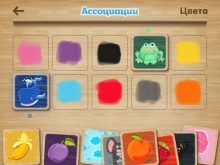


Eidotechnology has many interesting methods. In working with children, methods of revitalization, entry, transformation, figurative hooks, sensation, figurative thinking, detachment, redundancy, regression, transformation, altered modalities, forgetting unnecessary information, echo, etc. are often used.
Let's consider some of them.
- Revitalization method effective when necessary to remember a large number of names and historical dates. It contributes to the development of visualization.
- Entry method makes it possible to get inside the story or picture being presented. With the method of animation, the picture appears before the eyes of the student, and with the method of entry, the student feels himself a participant in the event. For example, a student in a biology lesson needs to remember the main signs of living organisms. He imagines how he approaches his room and sees human lungs attached to the door, which with his vibration remind him of one of the signs of life - breathing.
At the doorstep, his beloved dog gnaws a huge piece of meat, which reports a second sign of life - nutrition. In the corner, the child notices a large pile of animal feces, testifying to the ability of living organisms to release waste products. In a different corner of the room there is a cat with kittens reminiscent of the next sign of life - breeding. And suddenly the cat rushed to its owner, thereby testifying that it can move. And the child recalls another sign of life: movement, mobility.
Looking at the windowsill, the student sees how, right in front of his eyes, a small cactus turns into a huge plant, completely covering the entire window space. He recalls another sign - growth. The appearance of a living organism is evidenced by the appearance of flowers on a cactus. Vitamins and packages with glucose scattered across his desk can remind a student of metabolism.
Finally, the student sees how his hands suddenly become covered with a rash. He understands that an allergic reaction arose due to the ability of a living organism to irritability. In the lesson, when answering the student, it will be enough to mentally enter his room to calmly, without straining, list all the signs of life.
- Transformation method it makes it possible in the imagination to turn a flat image into a three-dimensional image, black and white - into color, small - into huge. This method is effective in remembering hieroglyphs. It is enough to transform the character in your thoughts once to remember it forever.
- Hook method usually used when memorizing numbers. For example, you need to remember the number 104. It is enough to imagine a knife resembling a unit, stuck in a cutting board, on which next to it lies one egg, similar to zero. At a distance from it on the board you can see the onion, cut into 4 parts.
The unit in the imagination can be a pencil or a bolt. The two are in the form of a swan or a pair of skis. A triple can correspond to a wave or a flying gull. The four resembles a lightning bolt or a rifle with a bayonet. A five can be represented as a five-pointed star or five fingers on a hand. Six looks like an open padlock or cherry on a petiole.
Seven resembles an ax, poker or hoe. The eight is associated with an hourglass and a snowman. A nine can be an imaginary balloon on a rope or a tadpole. The image for memorizing the number “0” is a ring, wheel, ball, puck, plate, full moon, round plate, etc. This creates hooks in the imagination.
- Method of messages It makes it possible to feel an event with the help of the senses. For example, the presence of rain is remembered by the knock of drops on glass or by the adhesion of wet clothes to the body.
You can memorize foreign words or numbers using the representation of color, smell, taste, roughness, sound of the image presented.
